Maui on a Point-and-Shoot
It’s a dilemma that we photographers face any time we go on vacation: “Do I take my DSLR or a point-and-shoot camera?” To be honest, I have fallen on either side of this fence in the past but most recently I err on the side of taking a smaller camera on vacation.
Here are the questions I usually ask myself?
1. Will I potentially be making wall prints of these image? If yes, that’s a point for taking the DSLR.
2. Will I be potentially selling any of these images as stock? If yes, that’s a point for taking the DSLR.
3. Will I have to carry this camera on my person for the bulk of the vacation? If yes, that’s a point for taking the point-and-shoot.
4. Will I be in situations where I will potentially damage my camera (water, extreme dust, precarious climbing, etc)? If yes, that’s a point for taking the point-and-shoot.
5. Will I have to be helping the kids out with lots of activities? If yes, that’s a point for taking the point and shoot.
So really, it took me typing this all out to realize that I probably would only take my SLR if I thought I might be printing wall art or selling stock. I usually take my point-and-shoot to Disney World but I took a DSLR to Yosemite. But even with the Yosemite situation, I took my smaller DSLR along with a very lightweight inexpensive Tamron zoom lens. Why? Because of points 3 & 4 above. I knew we would be doing a lot of hiking (and I would have to carry the weight of the camera bag the whole time) and I knew it would be a very dusty and dirty environment. I really didn’t want to risk damaging my more expensive camera and lenses.
This past March, my family was heading to Maui. Cue up the aforementioned dilemma: Which camera should I take?? I opted to go the point-and-shoot route for this trip. I actually ended up taking two point and shoots. The first one is a shockproof, waterproof Nikon point-and-shoot, model AW-110. The AW-110 is a pretty basic point-and-shoot, automated with a few scene modes, but the advantage is that I can drop it both on the ground or on in the pool and it will survive. Bonus!
The other camera I took is the Nikon P7800. The P7800 has a few advanced features that are quite nice. It has all of the usual automatic and preset scene modes but it also has manual mode. It can shoot in raw format so I could have more latitude with editing. It also has a 20-200mm lens that is f2-4. A plus for me as a Nikon DSLR shooter is that the controls on the P7800 look just like the controls on the bigger Nikon cameras.
Here is a size comparison of the Nikon D700 SLR with 20-120 f4 lens (since that is my most used all-purpose lens), the Nikon P7800, and Nikon AW110.
And check out those P7800 controls, Nikon shooters. Look familiar?
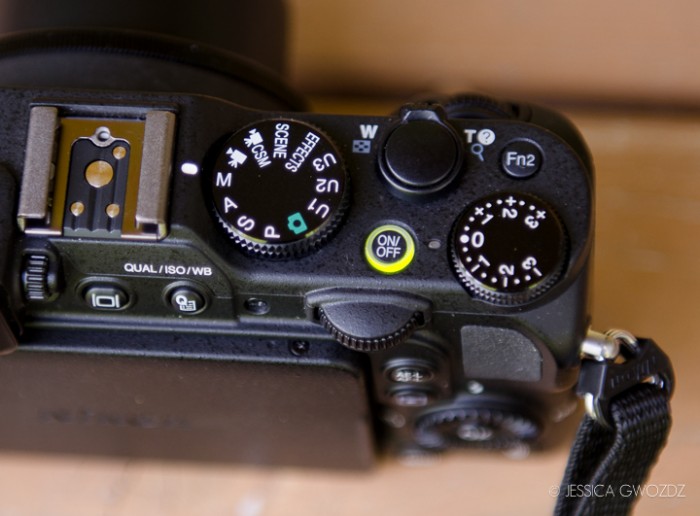
I ended up using the AW110 quite a bit. Since it’s a waterproof camera, I was able to take it into the pool and ocean to get underwater shots like these.
But I found that another great use for the AW110 were the shots where I was going to be standing in or near the water, not necessarily under the water. I didn’t worry at all about dropping this camera or getting it wet.
We found a lava tube that the waves were crashing into. The floor of the tube was wet and there was pooled water at the opening closest to the ocean. To get into this tube, we needed to squat down and crawl, then stand back up.
What a perfect place for a waterproof and shockproof inexpensive camera. I certainly would not want to be crawling around in my bathing suit through wet black sand while trying to keep my D700 dry.
Traveling with a point and shoot allows you so many opportunities to get into the photos with your family. Pretty much anyone you hand the camera to will be able to manage the simple functionality of a point-and-shoot camera. This was shot by a guy who crawled into the lava tube behind us.
And here’s one someone on the beach shot for us in exchange for us shooting their family photo with their point-and-shoot.
Although the response time of a point-and-shoot is generally much slower than a DSLR, I still found the P7800 adequate for capturing images on the whale watching cruise we went on. (“Thar she blows!”)
While on that whale cruise, we encountered a pod of dolphins that swam right up to our boat and the P7800 served me quite well.
Shooting raw format in aperture priority, shutter priority, and manual modes gave me the creative control to take the scenic images that I wanted.
The P7800 has a flip-out rotating screen that allows you to take photos at various angles.
This feature allowed me to hold the camera up above the stifling crowd gathered around the underground oven at the luau we attended and still get some shots of the pig being unearthed even though I could barely see over the heads of the people in front of me. My arm was fully extended over my head to take these shots, with the view screen flipped and rotated so I could see what I was focusing on.
Since I suppose this article can be somewhat viewed as an informal review of the point-and-shoots I used, I wanted to mention one less-than-desirable feature of the P7800. I really did not like the removable lens cap on the P7800. Part of the reason I wanted to take a point-and-shoot on this trip was to avoid having to take a special camera bag. With most point-and-shoots, you can just throw them into your normal purse, backpack, or bag. That is a great idea unless of course the lens cap keeps falling off and the rest of the items in your purse rub up against the glass of the lens. (hear that, Nikon Corp?)
So in summary, here are four reasons to leave your big camera home and document your vacation with a point-and-shoot.
1) It’s really small and lightweight.
Who wants to lug a heavy camera bag around all day when the whole idea of a vacation is to relax? Not me. Yes of course I want to document the vacation, but I want to be present and enjoy my time with the family even more.
2) It’s more relaxing.
You can spend a lot more time enjoying your vacation than worrying about whether or not your expensive gear is safe. With a waterproof and shockproof camera that could be submerged in water or dropped on the ground, really – what did I have to worry about in regards to my photography equipment? Talk about stress-free!
3) You can be in the photos.
You can easily hand your camera off to a stranger to take a family photo for you, and isn’t that the stuff your kids will cherish years from now? (Side note: For more about looking good in your own vacation photos, click here.)
4) A beautiful photograph comes from the photographer and not the camera.
I know we all hate when people say “Your camera takes great photos,” as if we as the photographers have nothing to do with it. Of course having awesome cameras and lenses makes it much easier to create beautiful photos, but good photographers can create beautiful photos with point-and-shoots and iphones as well.
Happy Vacation-shooting!
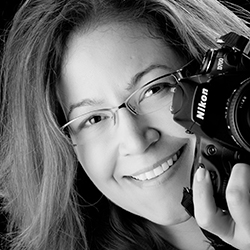 Jessica Gwozdz
Jessica Gwozdz
Jessica Gwozdz ran a successful portrait business in Chicago for 10 years before relocating to Bellingham, Washington last summer. Jes is a studio lighting instructor at The Photographer Within. When not spending time doing photography, Jes likes to relax with her husband, their two children, and their new rescue dog.
Tags: how to get great images with a point and shoot, Maui vacation tips, Nikon AW110 review, Nikon P7800 review, should I take dslr on vacation, should I take point and shoot on vacation
Categorized in: From the team

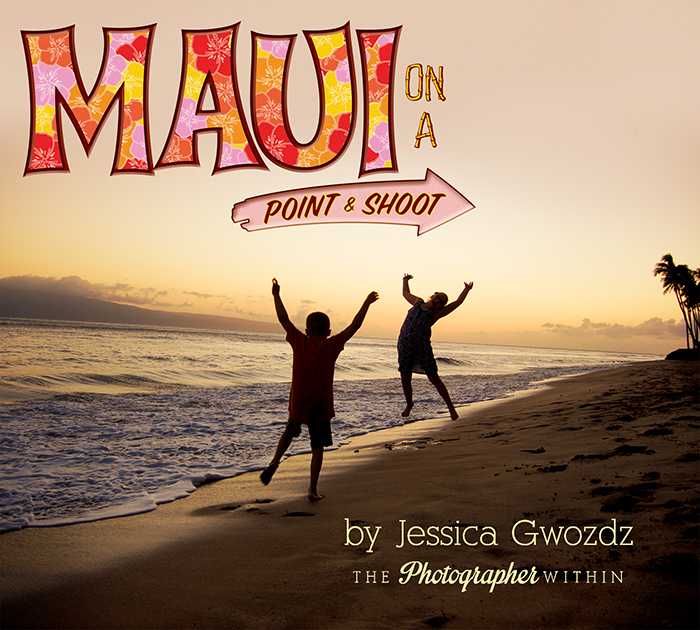
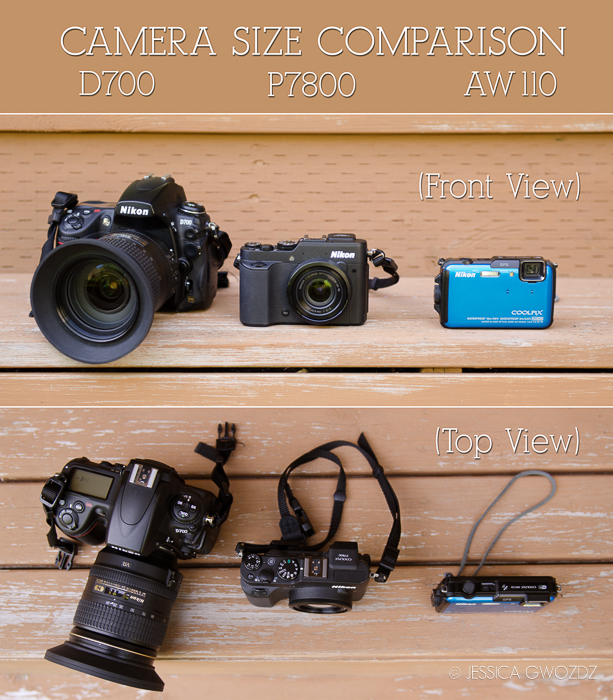
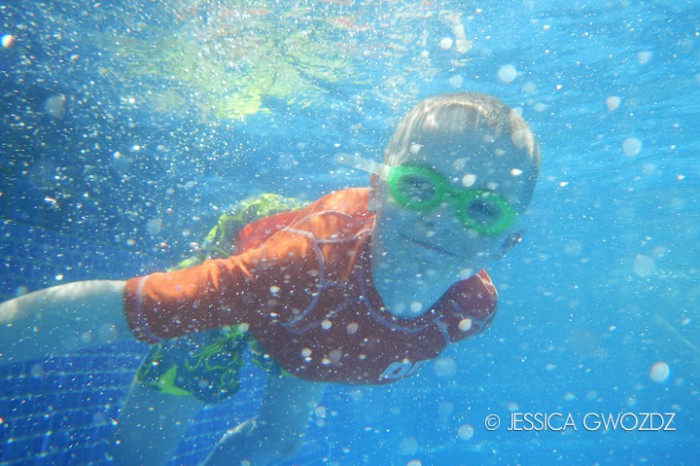
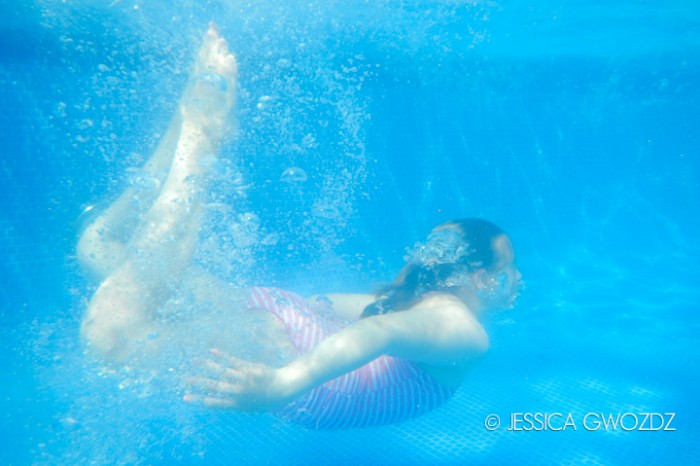
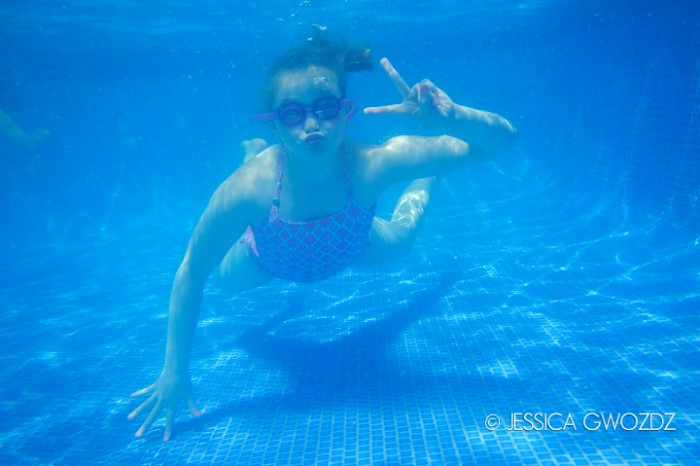
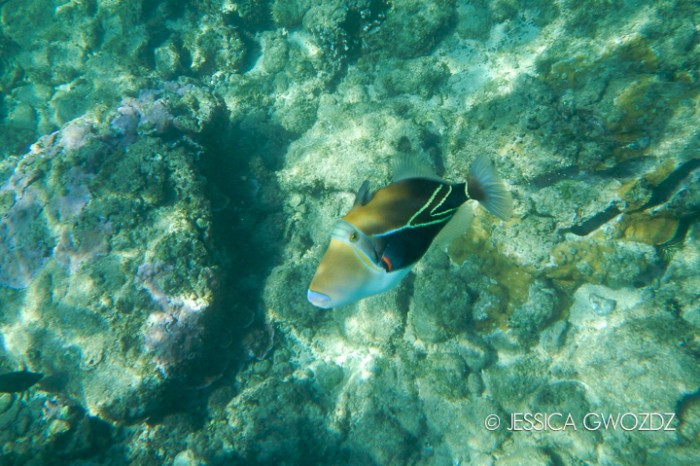
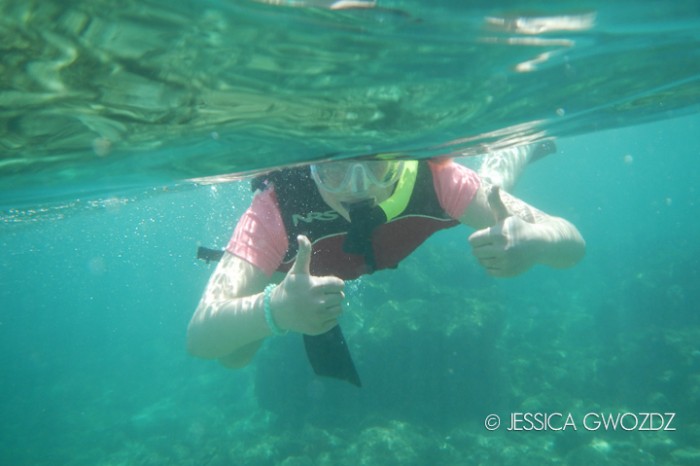
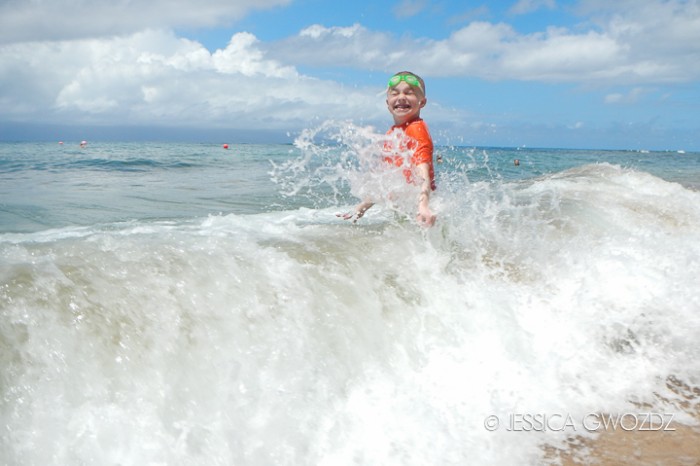
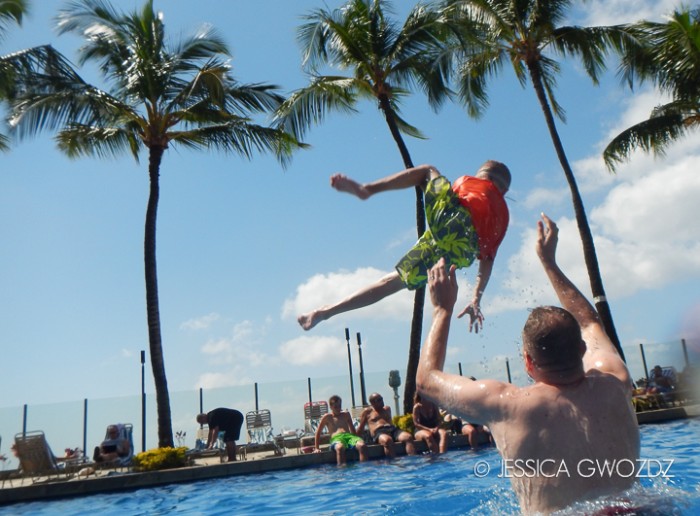
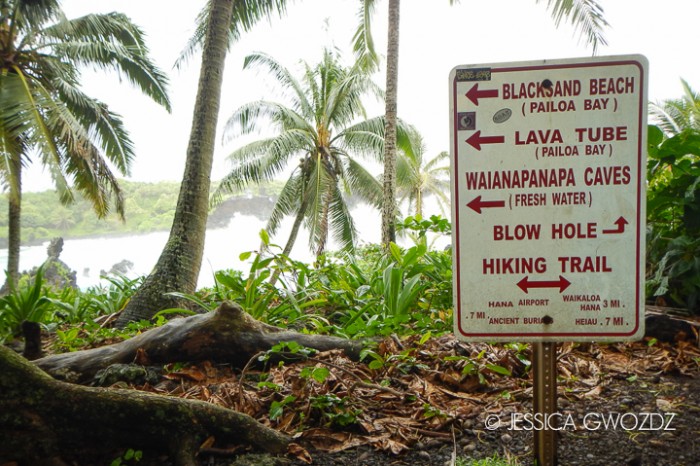
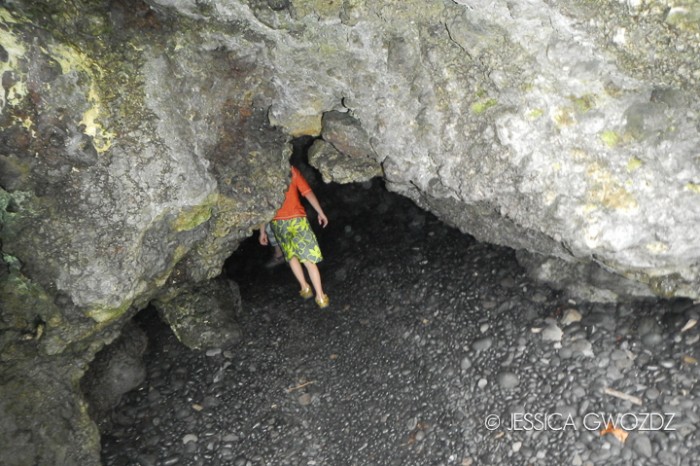
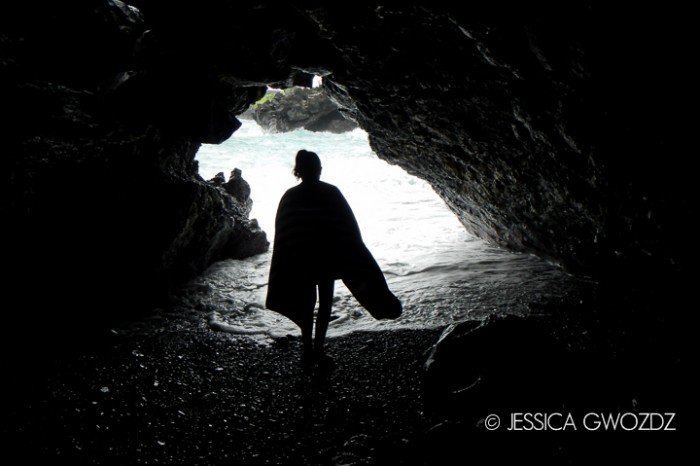
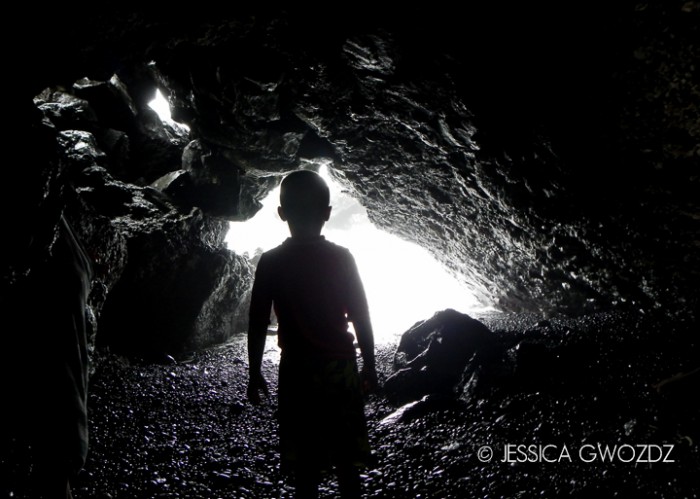
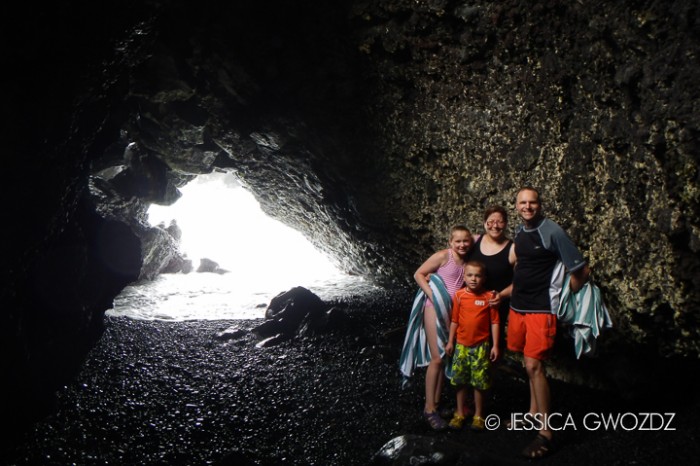
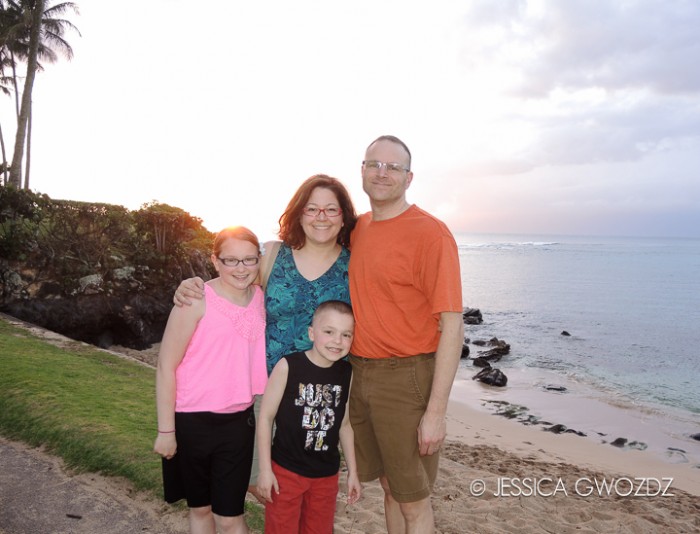
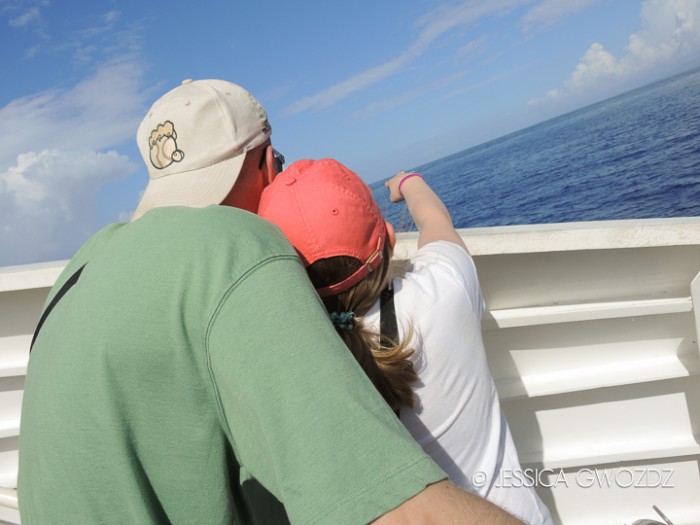
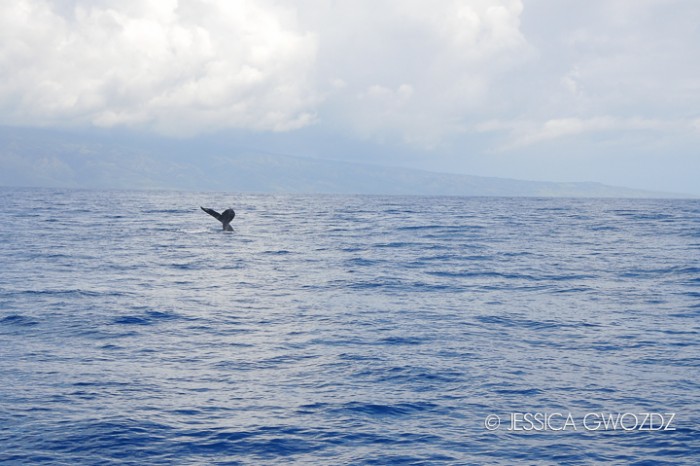
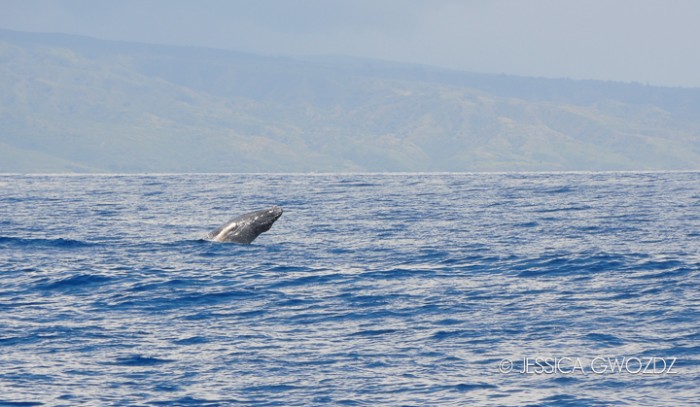
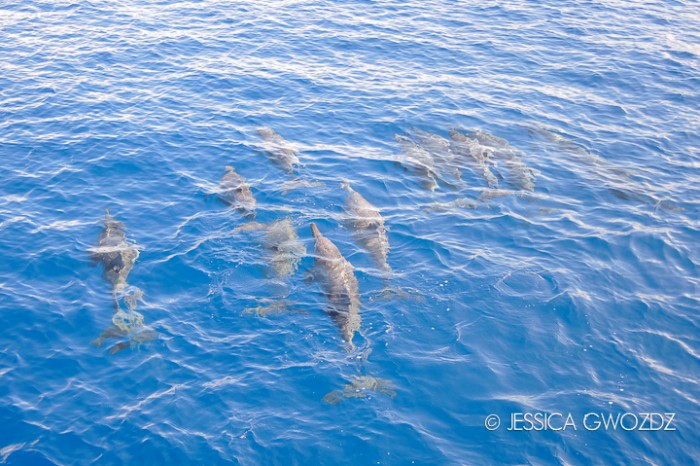
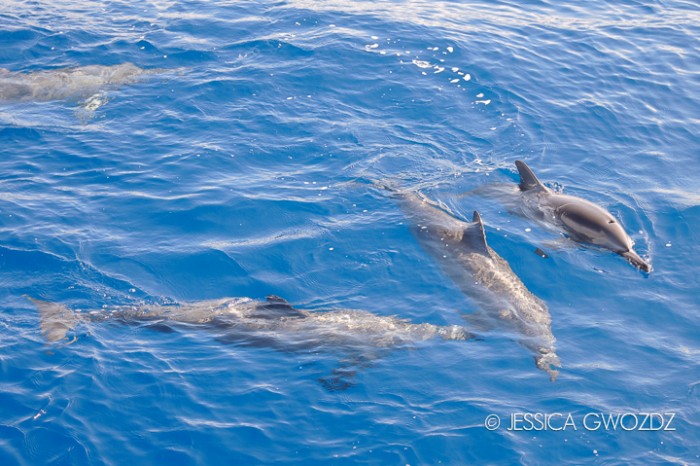
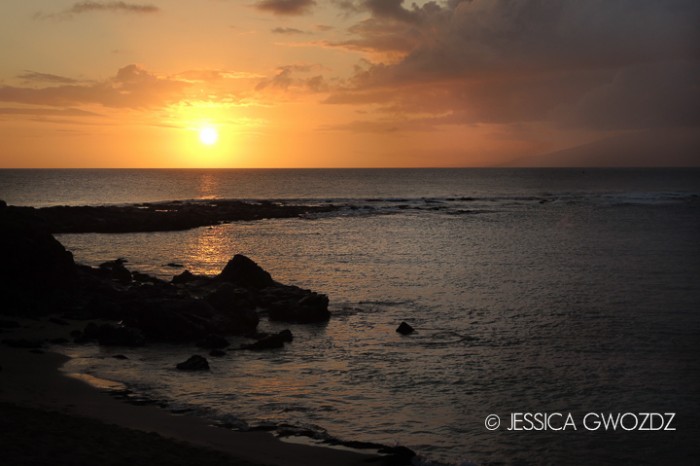
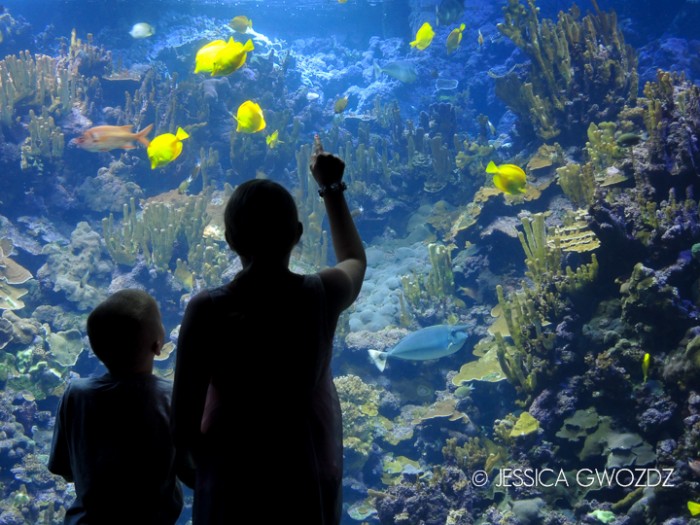
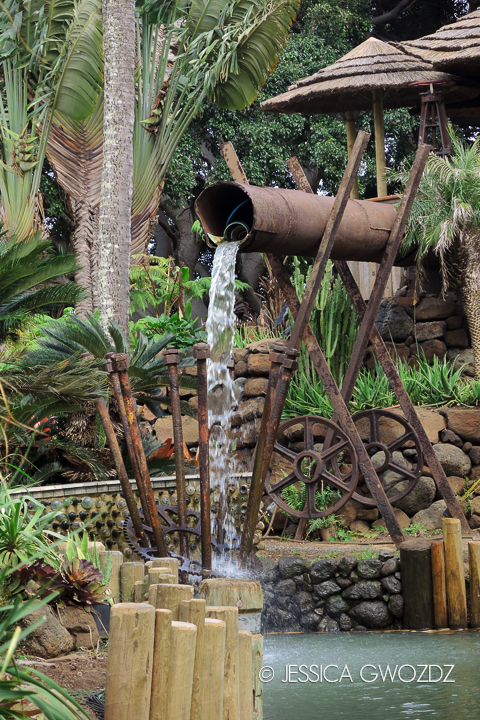
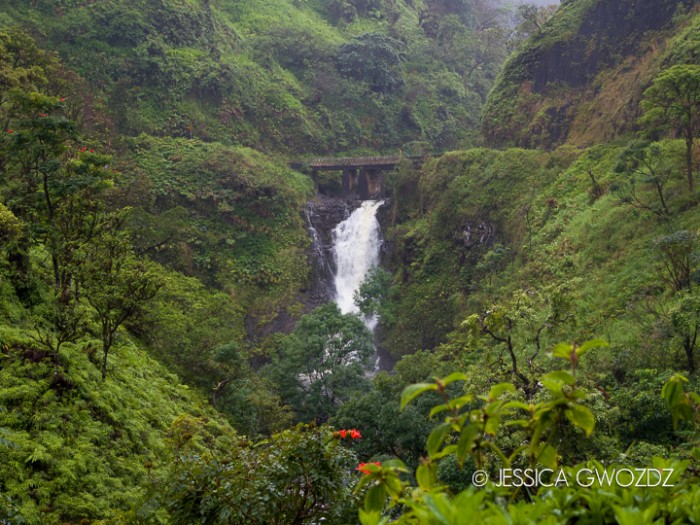
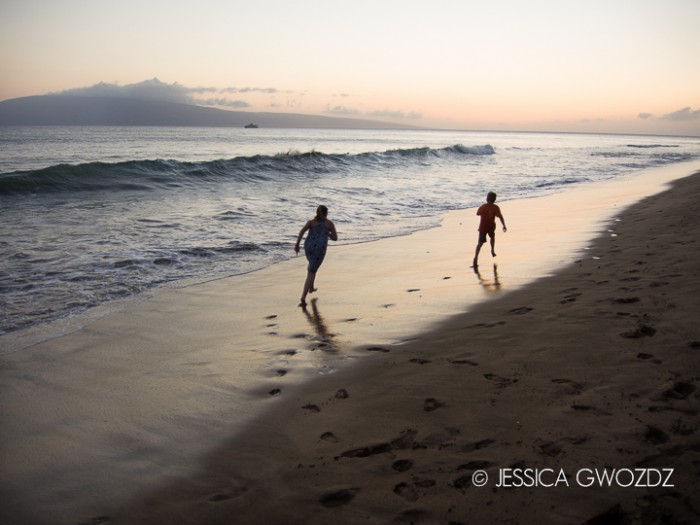
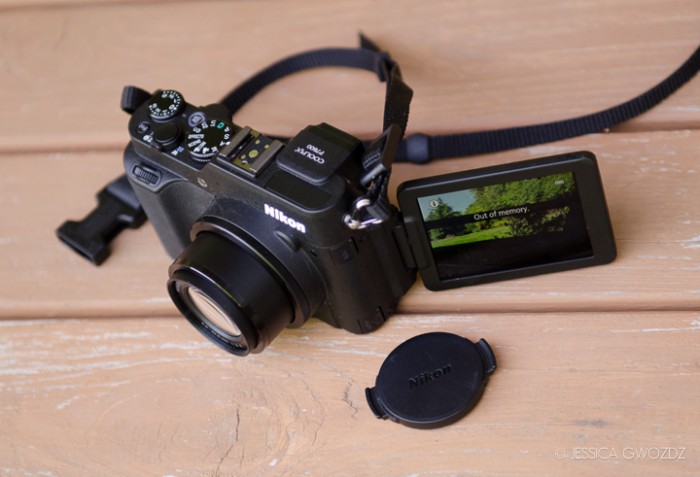
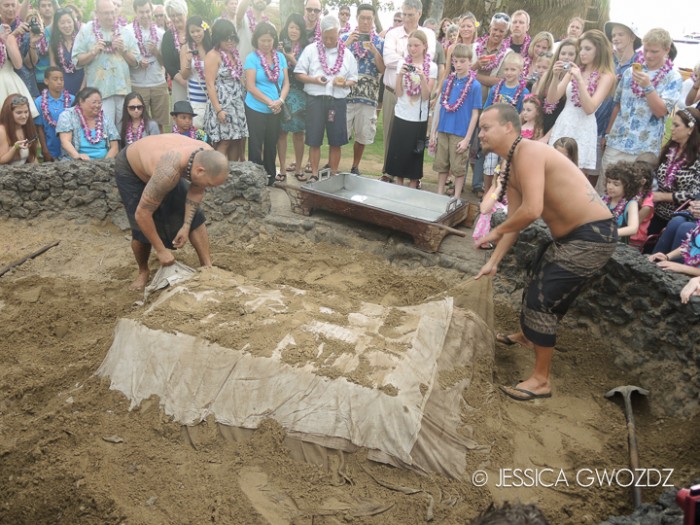
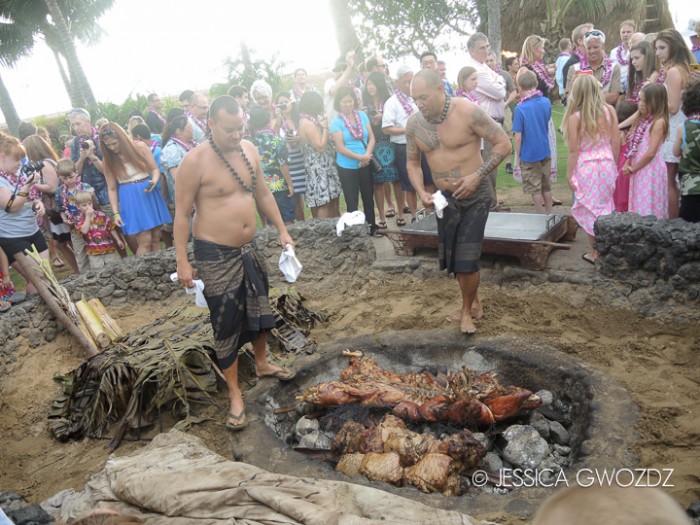
4 Comments
Fantastic! I think I am still going to bring my DLSR because I don’t own a point and shoot anymore. But I also have gotten tons of training on how to keep that DSLR in a safe position when going places.
I will totally consider a point and shoot for the future though!
Having just come back from a disney vacation with my ‘big camera’, l found this article gave me a lot of food for thought. The weight thing is definitely a motivating factor in making me take a smaller camera. But also just being more in the moment with family.
Wow! I already own the Coopix 110 for underwater, but you really made me want the 7800. As for the lens cap issue. Have you seen this?
http://www.amazon.com/Fotasy-APP7800-Self-Retaining-Coolpix-Cleaning/dp/B00HFI55N2/ref=sr_1_2?ie=UTF8&qid=1404797606&sr=8-2&keywords=COOLPIX+P7800+-
Jodi, thanks so much for that lens cap link. I just ordered it!